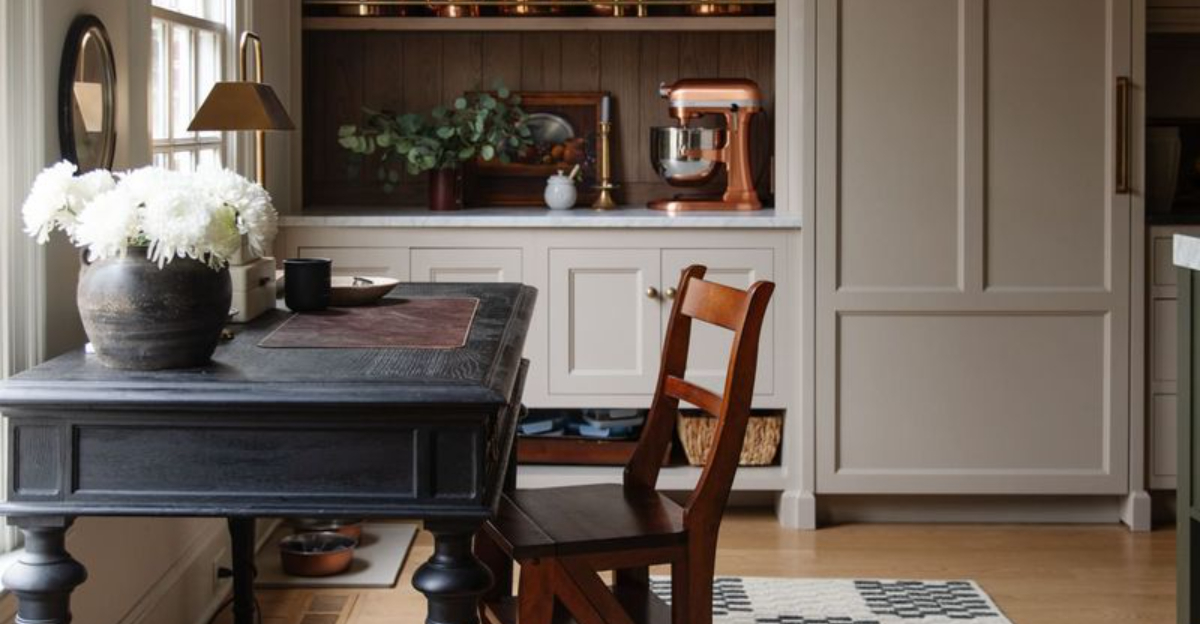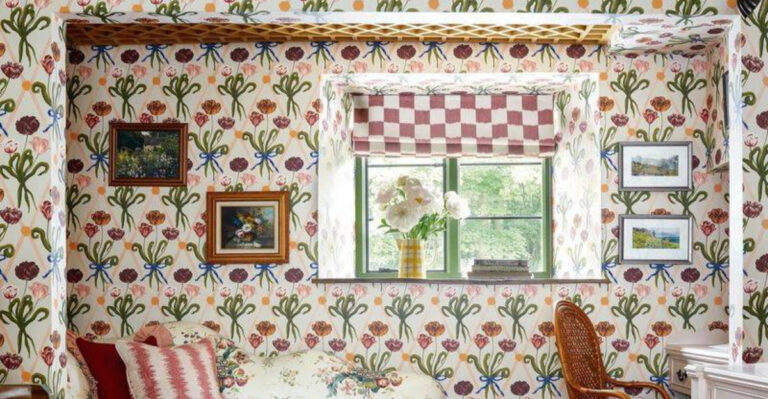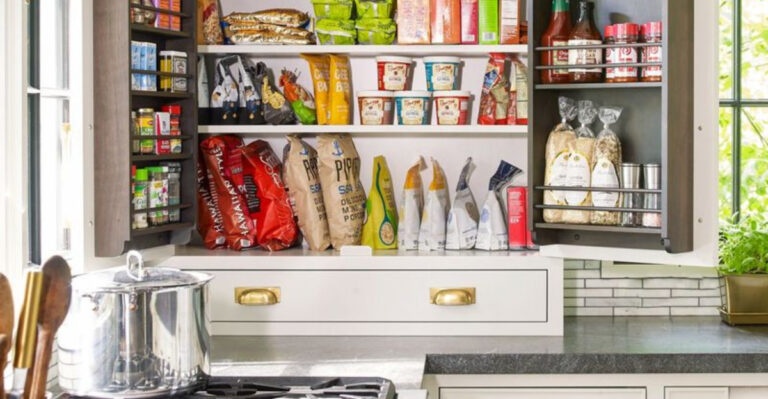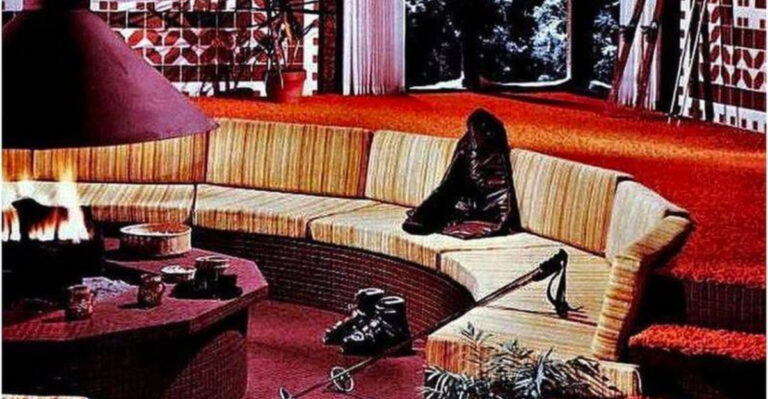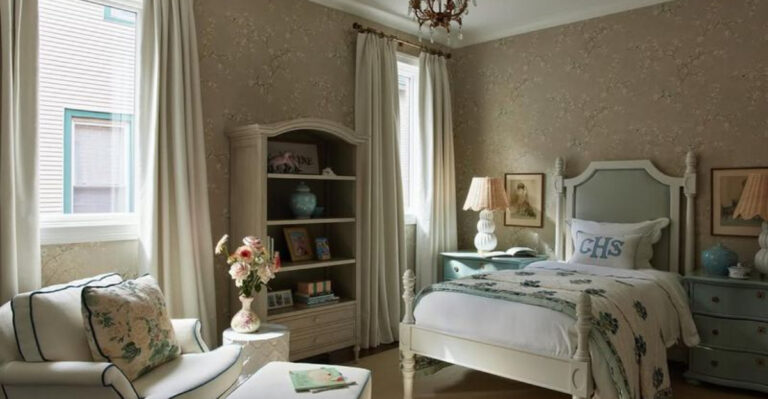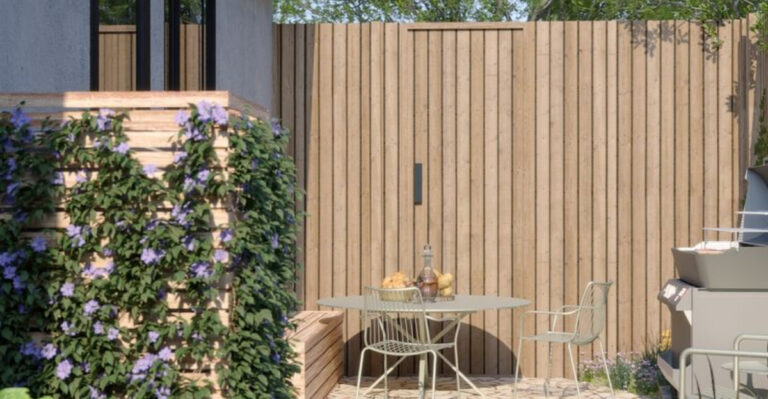17 Mistakes That Instantly Make Your Antiques Look Cheap, Designers Warn
I’ve always loved the charm antiques bring into a home, there’s something magical about pieces with a story. But I quickly learned the hard way that even the most beautiful vintage finds can end up looking cheap or fake if you display them the wrong way.
It’s so easy to unknowingly make mistakes that strip antiques of their value and character. I’ve dug into what top designers say are the biggest decorating missteps that can turn your precious treasures into instant eyesores.
1. Overcrowded Display Shelves
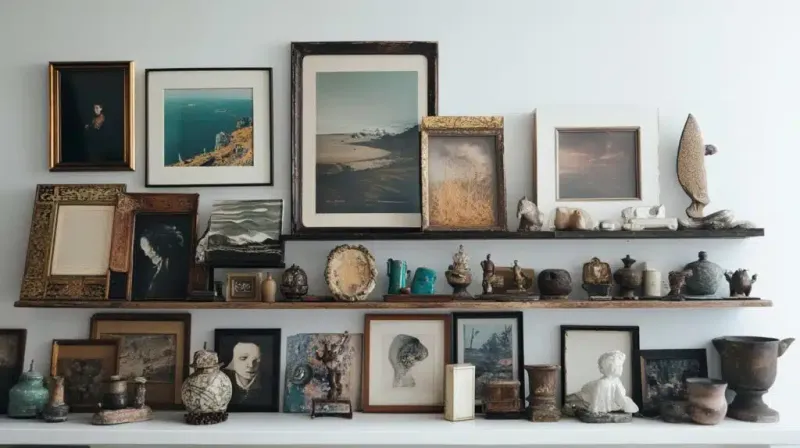
Cramming too many antiques onto one shelf creates visual chaos rather than showcasing each piece’s unique beauty. Your grandmother’s porcelain birds deserve breathing room!
When items compete for attention, even the most valuable pieces lose their impact. Designers recommend leaving at least three inches between objects to create visual pauses.
Try rotating your collection seasonally instead of displaying everything at once. This strategy not only prevents overcrowding but also gives you something fresh to enjoy throughout the year.
2. Mismatched Repair Work
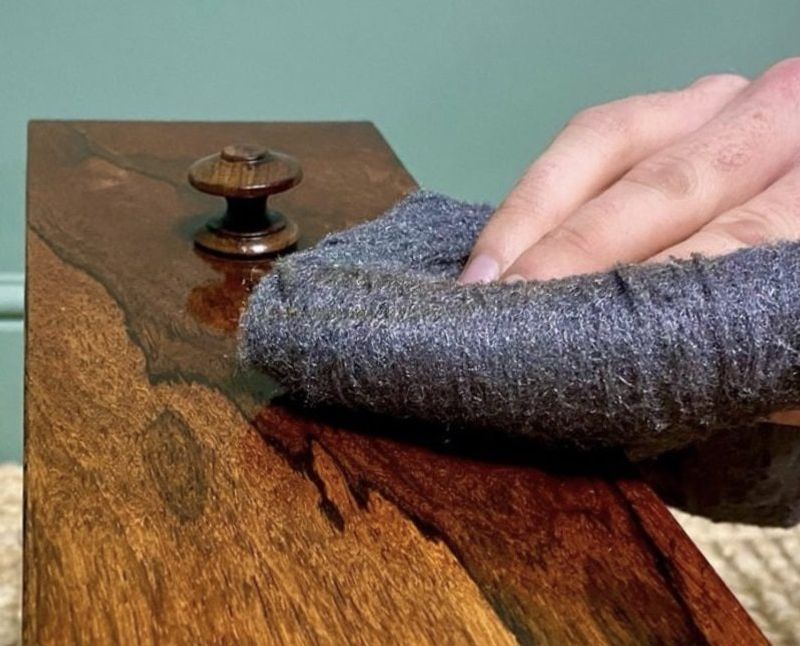
Nothing screams “amateur restoration” like visible glue blobs on a broken teacup handle. Hasty fixes with modern materials create jarring contrasts against aged surfaces.
Professional restorers use period-appropriate materials and techniques that honor the original craftsmanship. That bright white caulk on your dark mahogany table? It’s basically wearing a neon sign saying “I’ve been poorly fixed.”
When considering repairs, consult specialists who understand antique conservation principles rather than reaching for superglue and hope.
3. Poor Lighting Choices
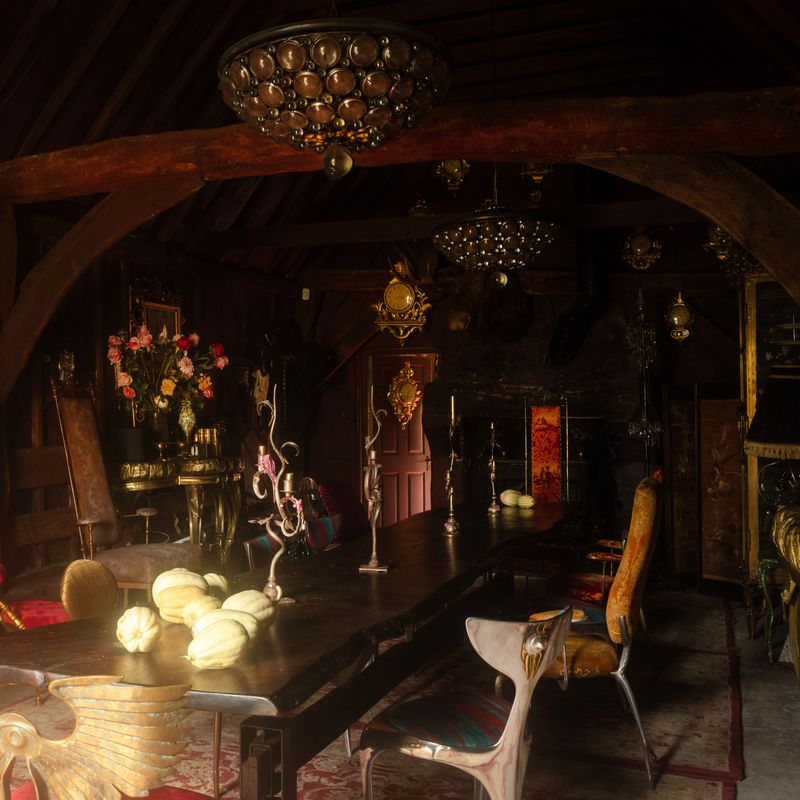
Harsh overhead lighting flattens the dimensional beauty of carved details and creates unflattering shadows. Your Victorian sideboard deserves better than to sit under fluorescent glare!
Many homeowners unknowingly place antiques in too-dark corners where intricate details disappear. Conversely, direct sunlight fades textiles and damages wood finishes faster than you can say “patina.”
Soft, directional lighting from multiple sources helps highlight craftsmanship while creating a warm ambiance that complements the age and character of vintage pieces.
4. Plastic Plant Neighbors
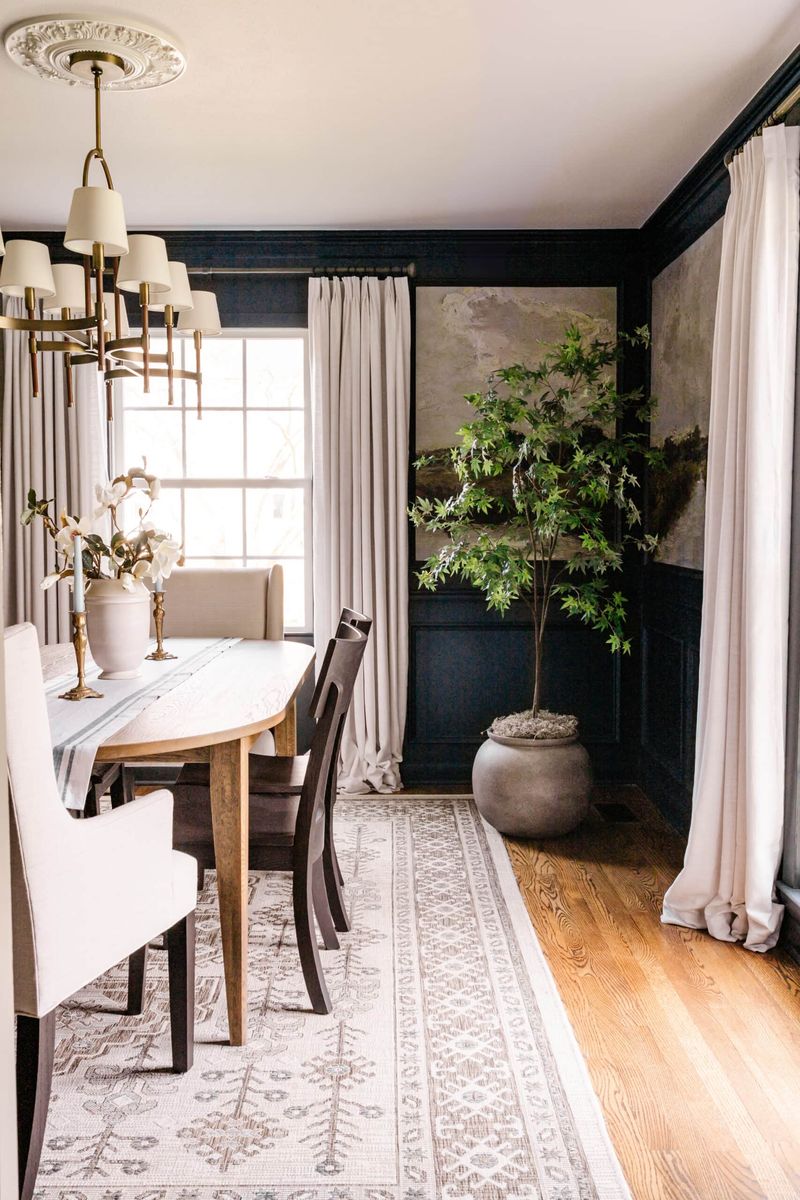
Plopping a factory-made faux fern next to your authentic Art Deco lamp creates an instant credibility crisis. The artificial plant screams “fake,” and that skepticism transfers to your genuine antiques by association.
Even high-quality silk plants have a different visual texture than the patinated surfaces of true antiques. The contrast between old and obviously new creates visual dissonance.
If you need greenery, consider real plants in vintage containers, or invest in extremely high-quality faux options specifically designed to complement period interiors.
5. Inconsistent Time Periods
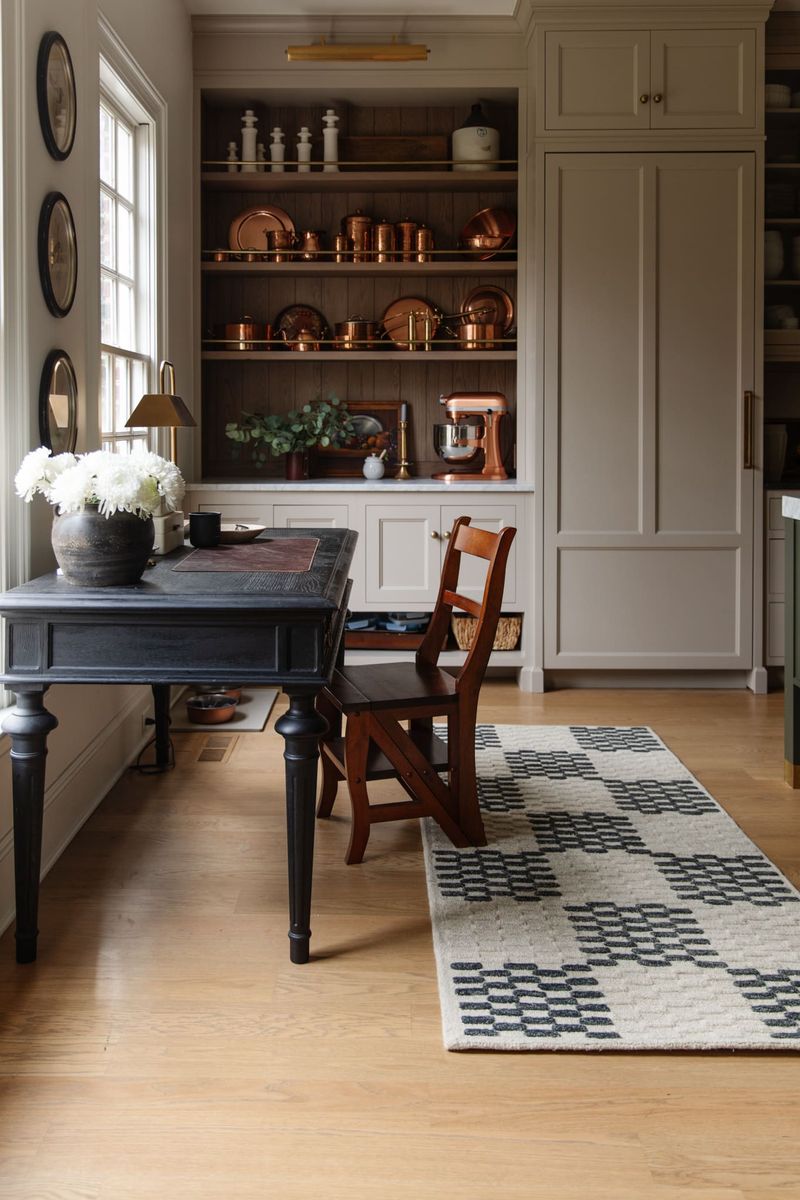
Mixing a 1750s Queen Anne chair with 1970s accessories creates timeline whiplash for viewers. While eclectic decorating has its place, randomly jumbled eras often look like garage sale leftovers rather than curated collections.
Designers suggest grouping items from similar periods or regions to create cohesive vignettes. Your Victorian writing desk makes more sense paired with other 19th-century items than with mid-century modern pieces.
If you love multiple periods, create intentional zones throughout your home rather than mixing everything together in a historical free-for-all.
6. Laminate Flooring Backdrop
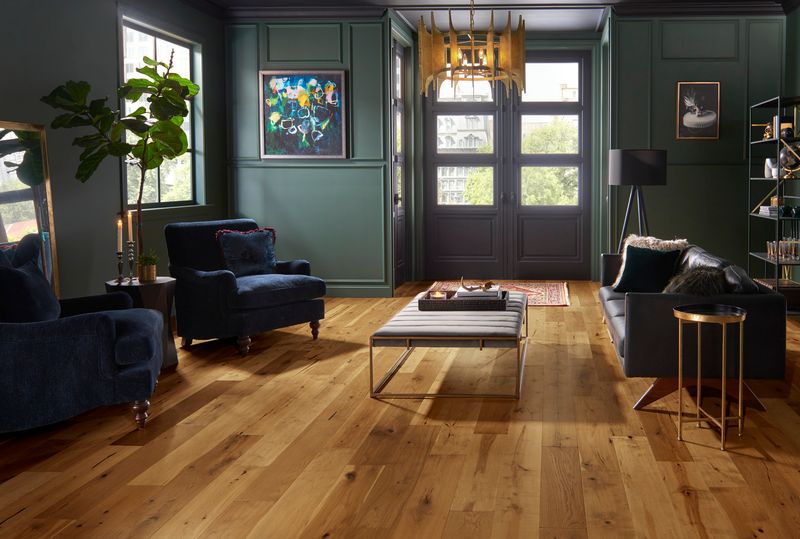
Your 18th-century armoire looks fundamentally wrong sitting on shiny laminate flooring from the home improvement store. The historical disconnect creates a visual lie that undermines authenticity.
Flooring sets the foundation for how we perceive everything in a room. When the floor screams “manufactured in 2022,” it’s hard for antiques to maintain their dignity and perceived value.
Consider natural materials like hardwood, stone, or good-quality wool rugs that complement the age and style of your antiques without creating an obvious time-travel paradox.
7. Bargain Bin Frames
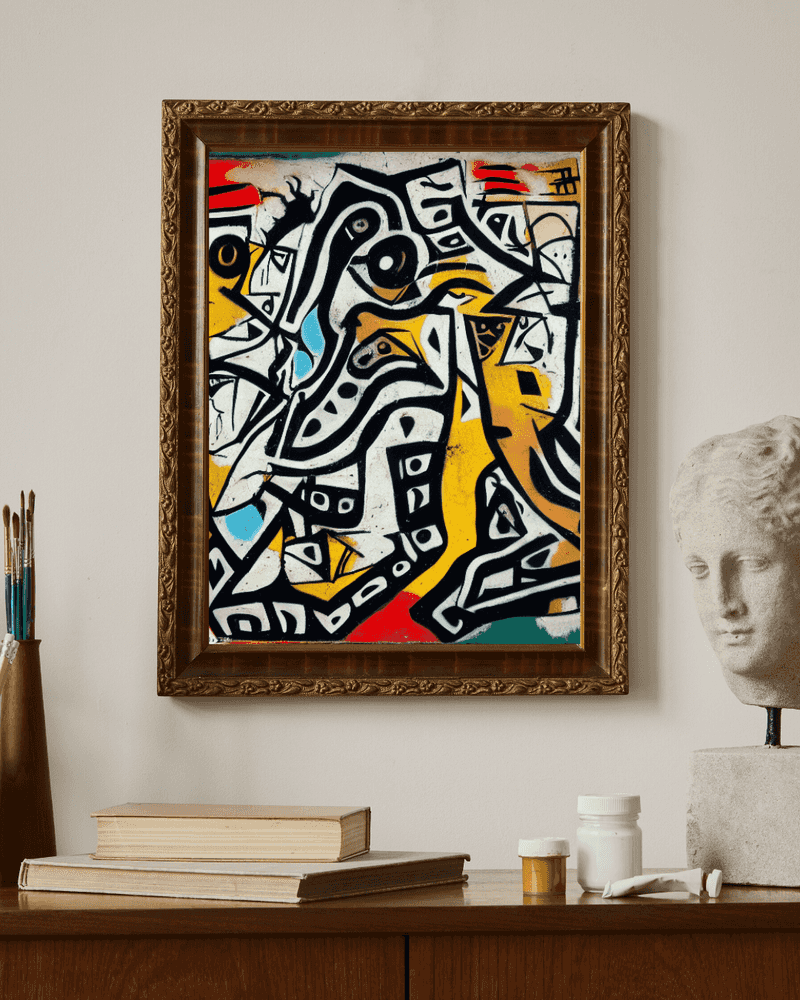
Those flimsy $9.99 frames from the discount store are sabotaging your vintage prints and photographs! Thin plastic moldings and reflective glass create a budget look that drags down even the most exquisite historical images.
Quality framing includes proper matting, UV-protective glass, and frame materials that complement the period of your artwork. Your Civil War-era family photos deserve better than being trapped in frames that will fall apart next year.
Proper framing isn’t just aesthetic—it protects valuable pieces from environmental damage while enhancing their visual importance.
8. Over-Polished Surfaces
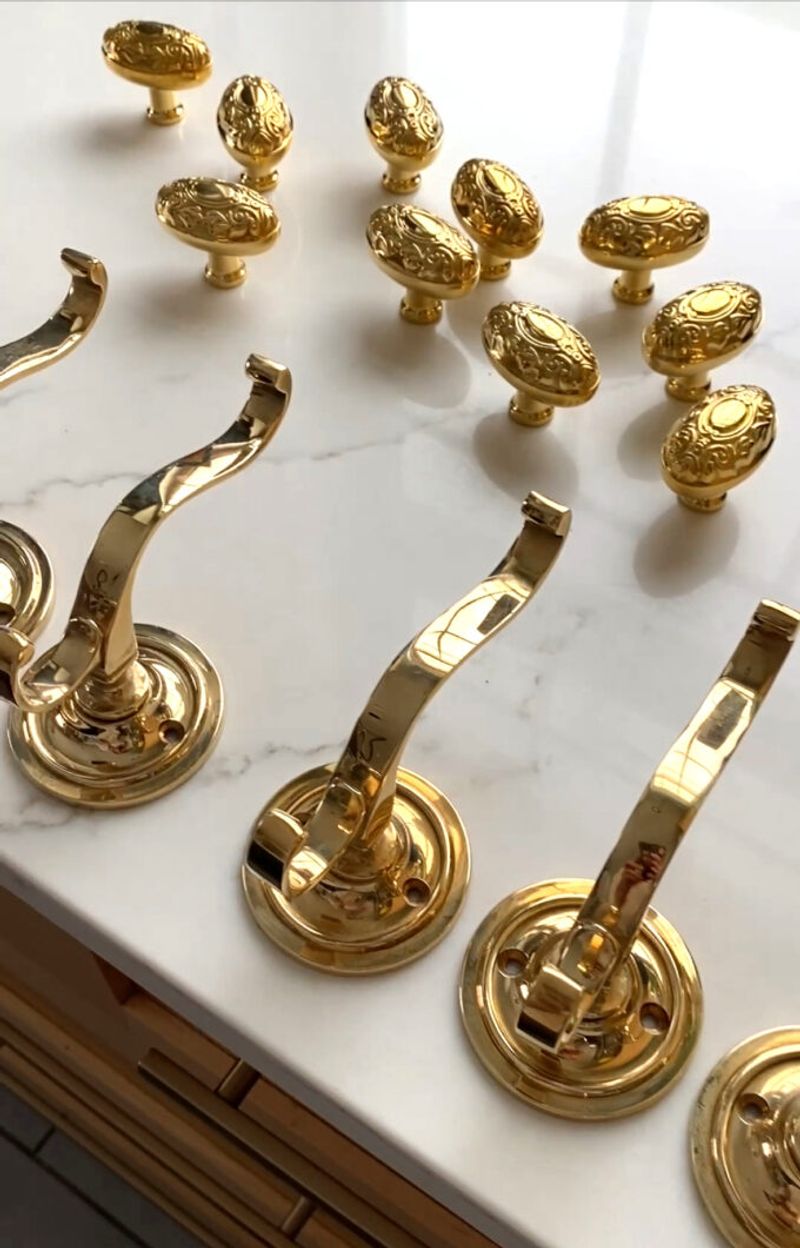
Scrubbing away every hint of patina from brass candlesticks or silver serving pieces strips them of character and historical authenticity. That mirror-bright shine actually makes antiques look suspiciously new!
Natural aging creates depth and warmth that collectors prize. When you buff everything to a high gloss, you erase the subtle evidence of history that makes antiques special in the first place.
Gentle cleaning that preserves some tarnish and wear marks is the approach most experts recommend for maintaining value while ensuring pieces aren’t damaged by aggressive polishing compounds.
9. Visible Price Stickers
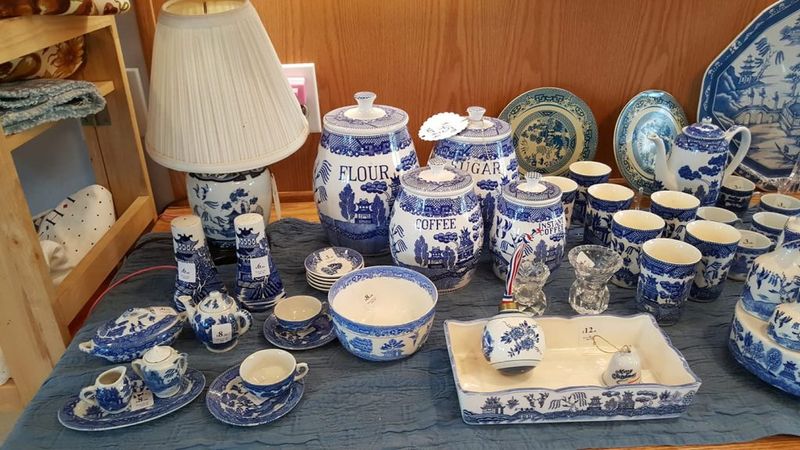
Nothing cheapens the look of your prized collection faster than that stubborn garage sale sticker still clinging to the bottom of your carnival glass bowl. Those little paper squares instantly transform treasures into merchandise.
Even worse are the ghostly rectangular outlines left behind after partial sticker removal. These telltale marks broadcast “recently purchased” rather than “cherished heirloom.”
Use proper removal techniques involving heat, oil, or specialized products to completely eliminate adhesive residue without damaging delicate surfaces.
10. Modern Hardware Replacements
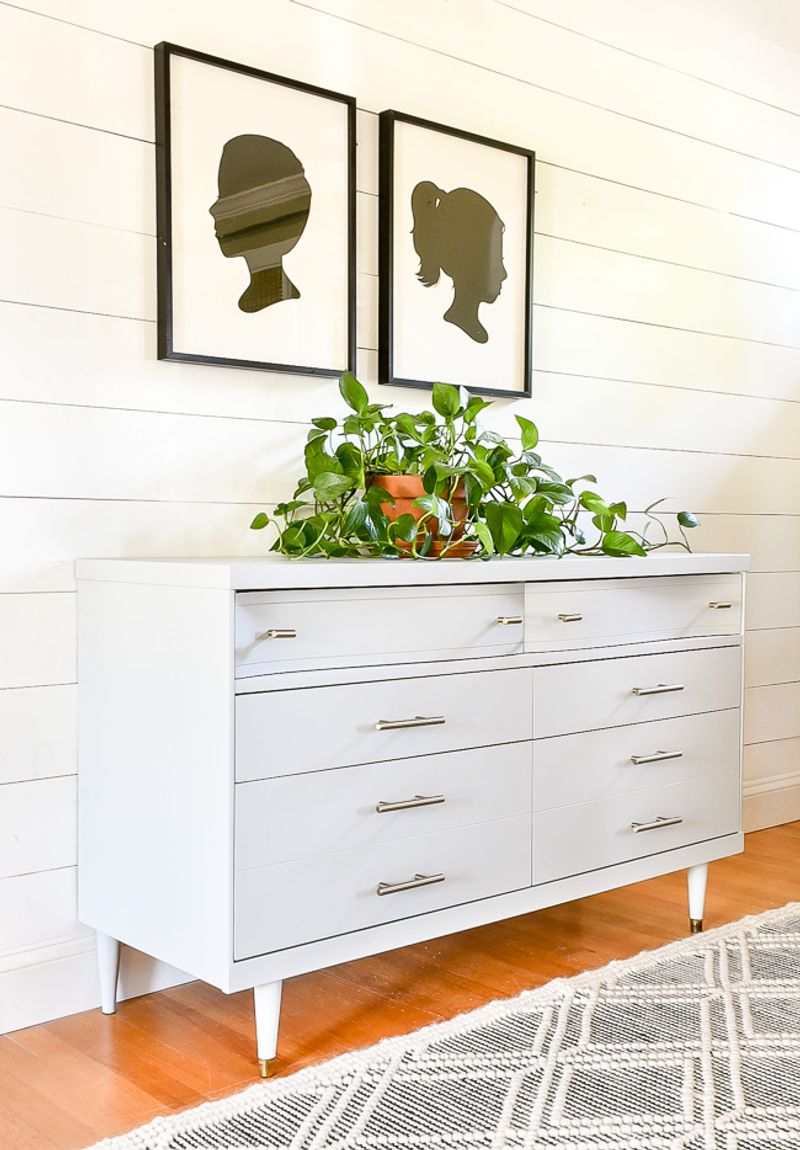
Swapping original drawer pulls for shiny big-box store handles is like putting sneakers on a Victorian lady. Those chrome knobs from the hardware store create an immediate visual disconnect on a piece with centuries of history.
Original hardware contributes significantly to an antique’s value and authenticity. Even when replacements are necessary, reproduction pieces designed for specific periods maintain historical integrity.
If original handles are missing, antique dealers and specialty restoration suppliers offer period-appropriate alternatives that won’t create jarring anachronisms.
11. Painted-Over Wood Grain
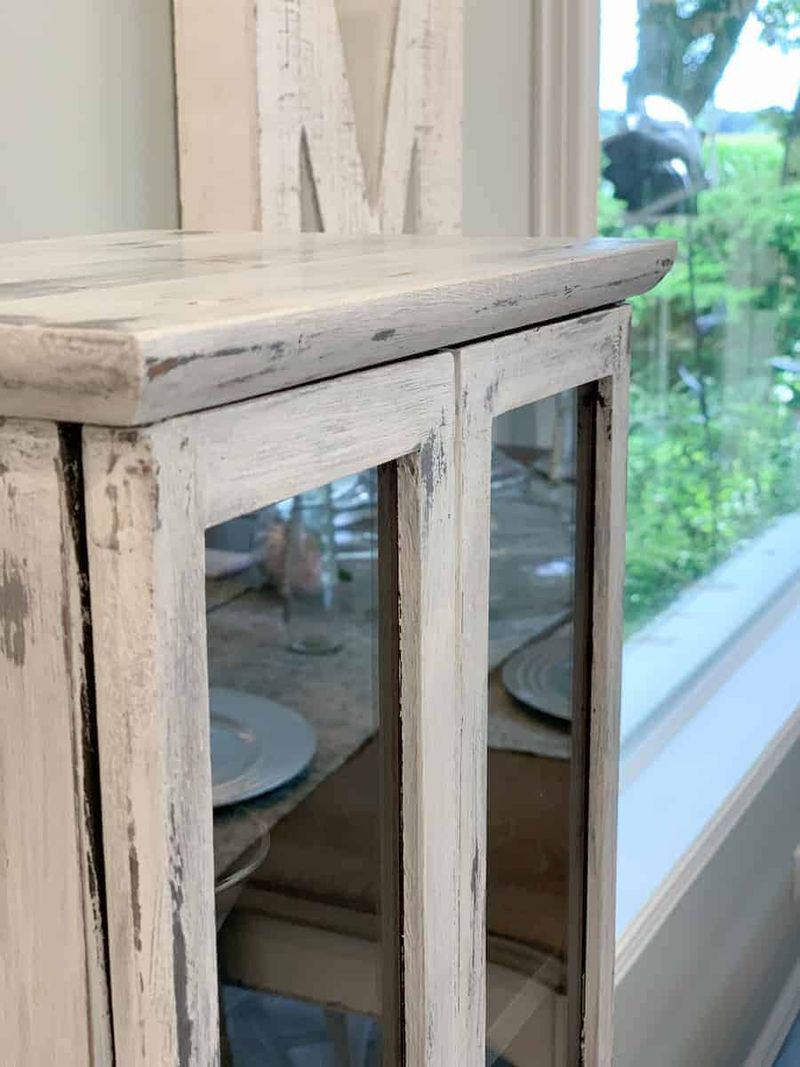
Slapping chalk paint on every wooden surface obliterates the beautiful tiger maple or quarter-sawn oak that craftsmen carefully selected centuries ago. While some pieces benefit from thoughtful painting, the current trend of covering everything has gone too far!
Quality antiques often feature wood species or grain patterns that are increasingly rare today. When you cover these with paint, you’re hiding one of the most valuable aspects of the piece.
Before painting, consult an appraiser to ensure you’re not dramatically reducing the value of a significant piece with a trendy but temporary makeover.
12. Misaligned Picture Arrangements
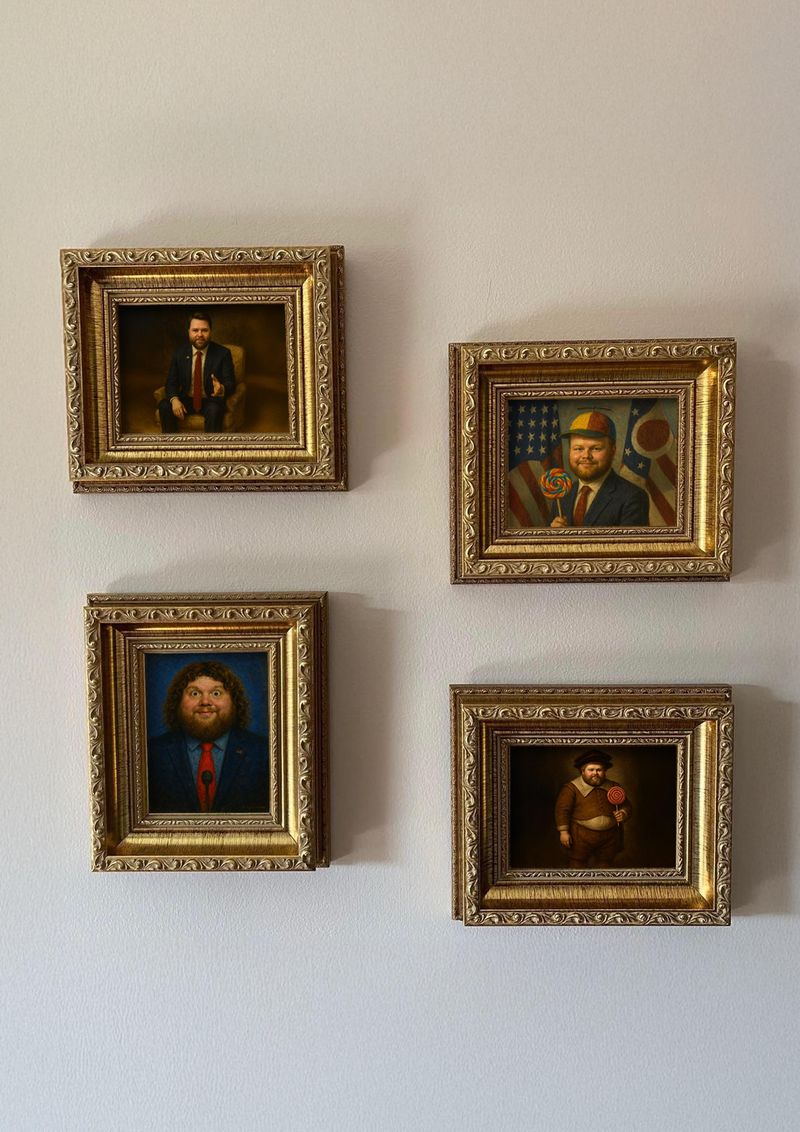
Crooked frames and randomly placed artwork create visual chaos that undermines the sophistication of your antique prints and paintings. When everything sits at slightly different angles, the overall impression is carelessness rather than curation.
Historical homes typically featured thoughtfully arranged symmetrical or grid-based gallery walls. Haphazard arrangements suggest a lack of planning and investment in proper hanging hardware.
Consider using paper templates to plan placement before hammering nails, and invest in proper hanging tools to ensure everything stays precisely where you intend it to be.
13. Synthetic Fabric Pairings
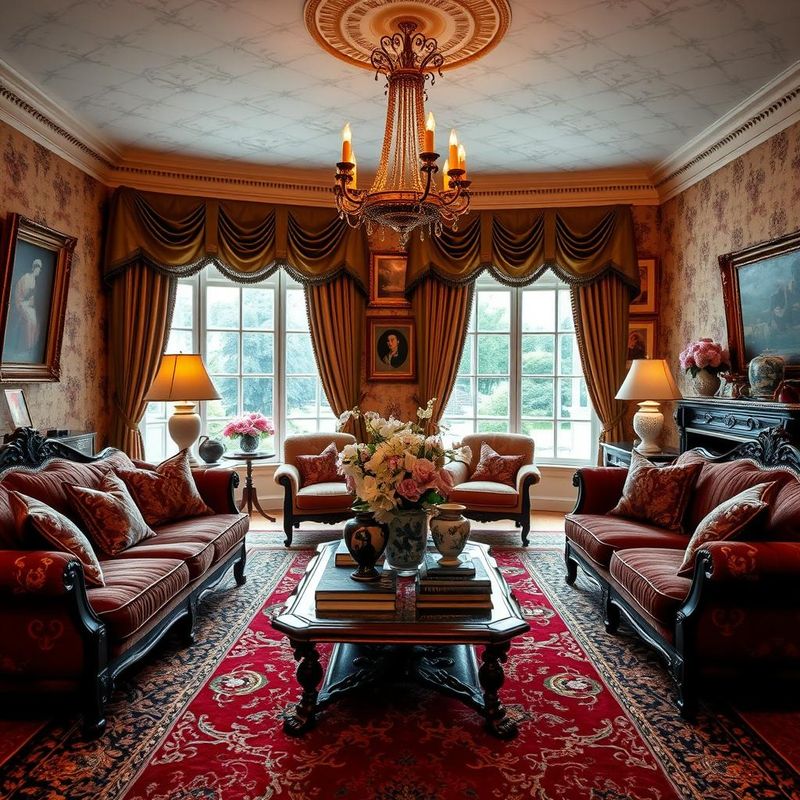
Polyester pillows perched on your Victorian settee create a material mismatch that cheapens the entire piece. Shiny, obviously synthetic fabrics never quite harmonize with the natural materials of genuine antiques.
Period-appropriate textiles like linen, cotton, silk, and wool have distinct textures and draping qualities that complement aged furniture. Your eyes register the disconnect between old and new materials even if you can’t immediately identify why something looks off.
When reupholstering or accessorizing antiques, natural fibers in historically inspired patterns maintain authenticity while still allowing for fresh interpretations.
14. Excessive Scented Products
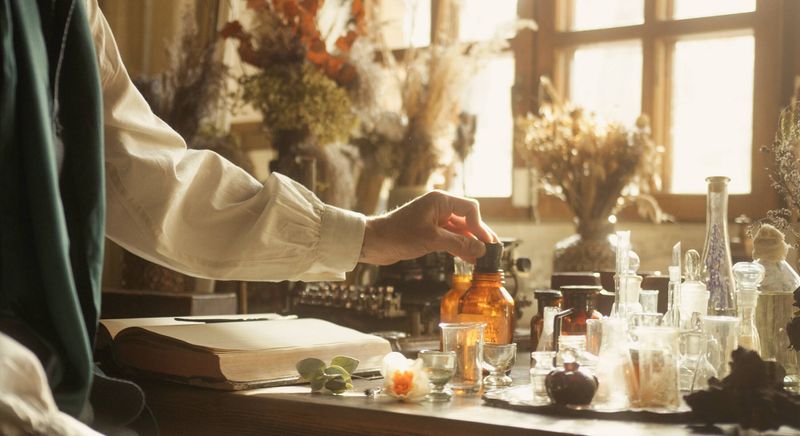
Plug-in air fresheners and potpourri factories overwhelm the subtle, complex scents that naturally develop in antique woods and materials. That artificial vanilla blast competes with the genuine cedar aroma of your grandfather’s chest!
Historical homes had their own authentic scent profiles from beeswax polish, leather, and natural materials. Heavy synthetic fragrances create a sensory disconnect that subtly signals inauthenticity.
Consider natural alternatives like dried lavender, cinnamon sticks, or traditional beeswax polishes that complement rather than compete with the inherent character of aged materials.
15. Improper Scale Relationships
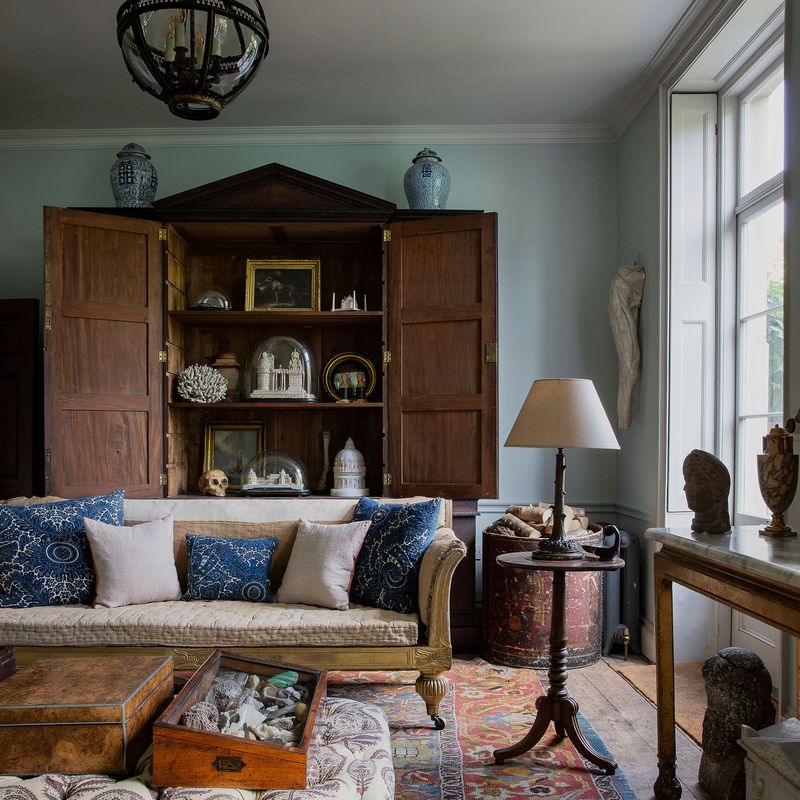
Tiny knickknacks scattered across a massive library table create a dollhouse effect that diminishes the impact of both the furniture and the decorative items. Scale mismatches make collections look random rather than intentional.
Designers recommend decorating with items proportional to their supporting furniture. Your substantial Georgian sideboard needs substantial candlesticks or pottery—not miniature figurines that get visually lost on the expansive surface.
Group smaller items on trays or stands to create visual mass that better relates to larger pieces, allowing both to maintain their proper presence in the room.
16. Ignored Drawer Interiors
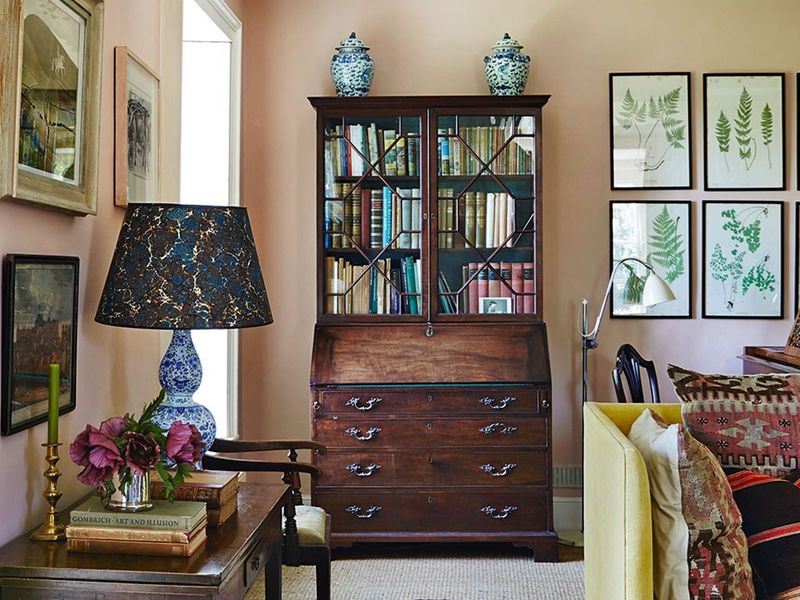
Peeling contact paper and musty odors inside drawers instantly downgrade perceptions of your antique dresser. The contrast between a polished exterior and neglected interior creates cognitive dissonance about the piece’s overall quality.
Cabinet and drawer interiors tell the truth about how well a piece has been maintained. Dust, stains, and lingering odors suggest neglect that makes buyers question authenticity and care.
Clean interiors with appropriate products, replace deteriorated liners with acid-free paper, and use natural deodorizers like cedar blocks to ensure your antiques impress from every angle.
17. Mass-Produced Accessories
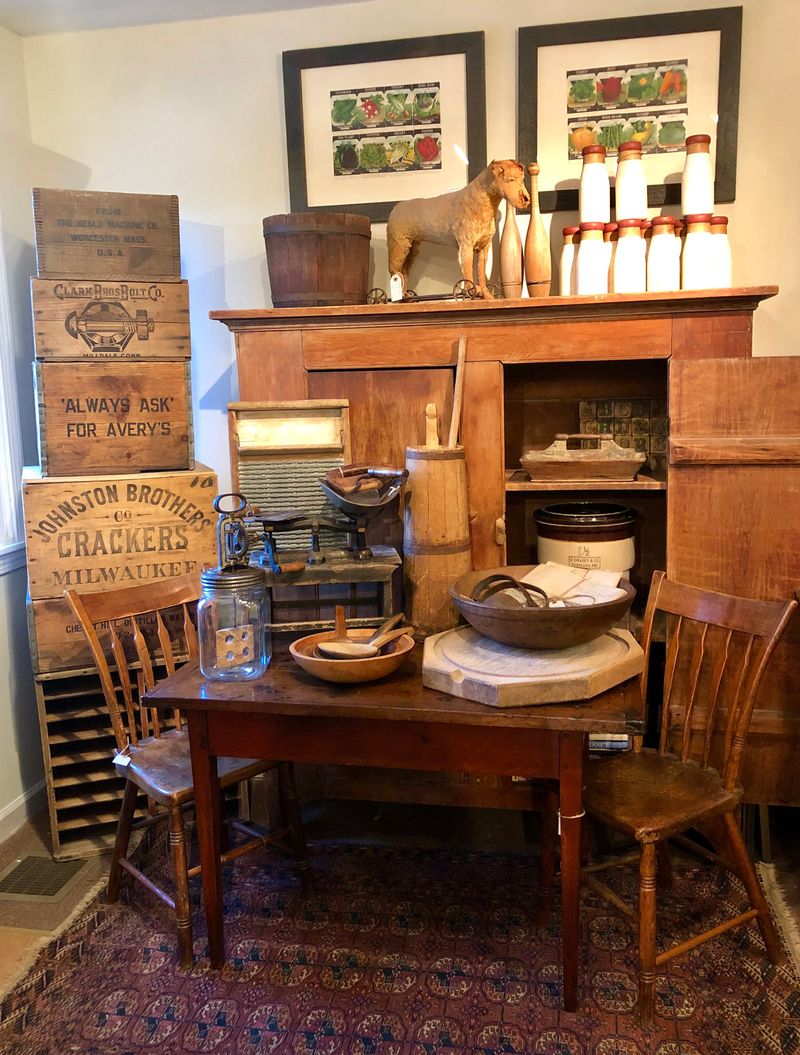
Surrounding genuine antiques with big-box store décor creates a credibility problem through association. Those identical candle holders found in every suburban home make your actual antiques look suspect by proximity.
Mass-produced items have telltale signs of machine manufacturing—perfectly consistent details and materials that lack the subtle variations found in handcrafted pieces. When displayed together, these differences become more obvious.
Look for handmade contemporary pieces or vintage accessories that share the quality-focused craftsmanship of your antiques without necessarily matching their age.

